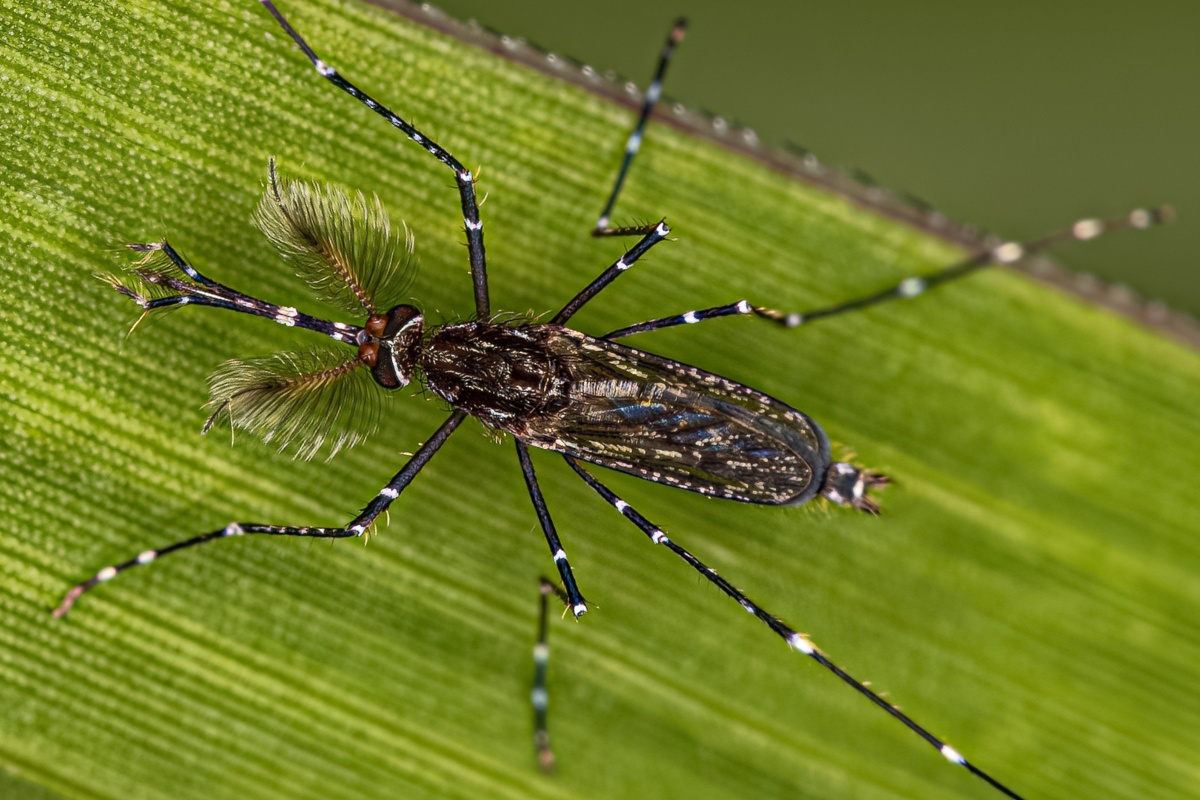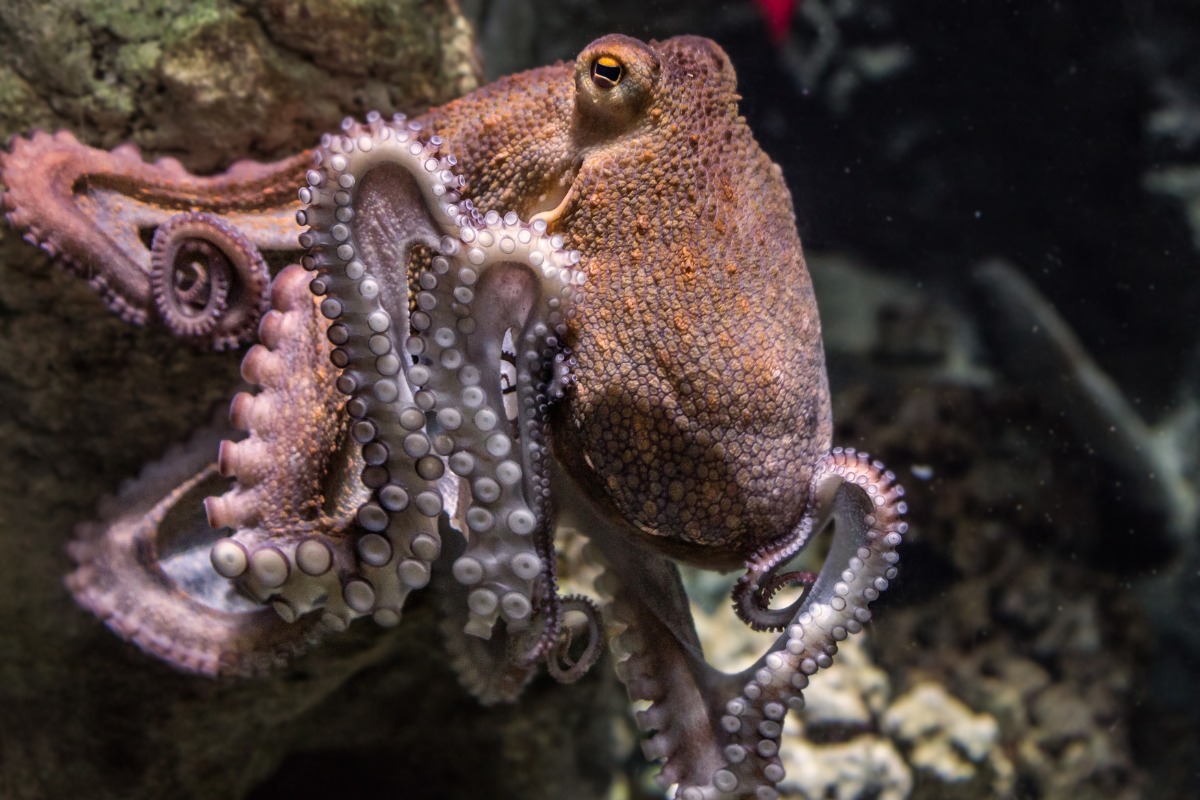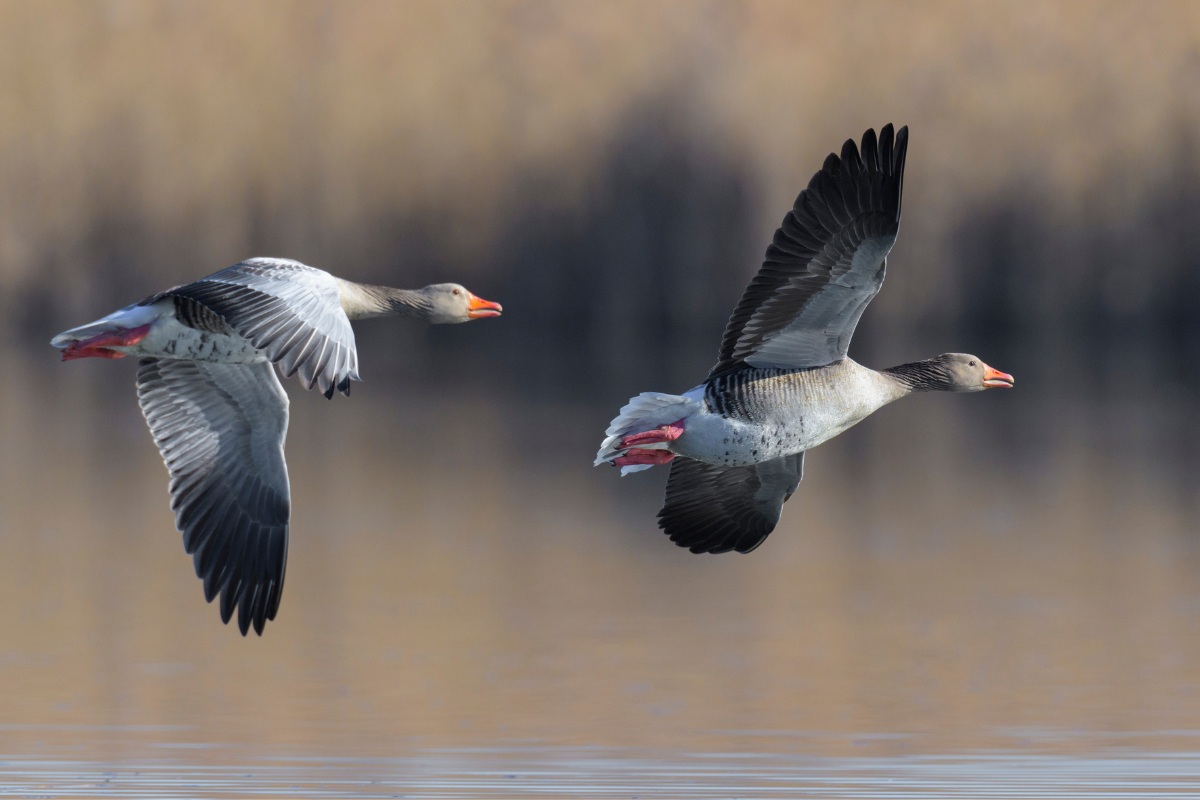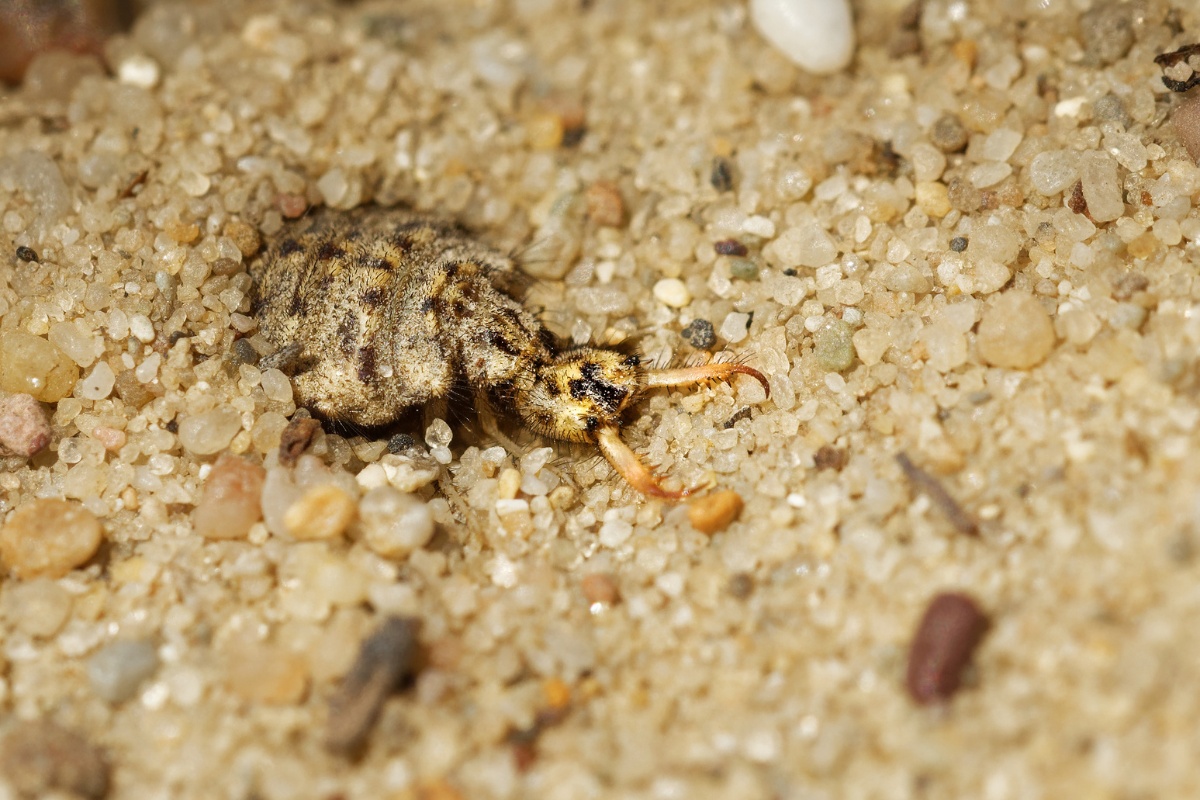Lightning doesn’t always follow the path we expect. Most people picture lightning bolts striking down from the clouds to the earth. But lightning can shoot […]
Why Atlantic Mackerel Never Stop Swimming: A Survival Secret
The Atlantic mackerel never stops swimming. For real! This is a remarkable fish that must keep moving to stay alive. These incredible creatures depend on constant motion to push oxygen through their gills and survive.
The North Atlantic Ocean’s waters serve as their home, stretching from Labrador down to North Carolina. Atlantic mackerel (Scomber scombrus) survive by swimming in large groups called schools. In these schools, they hunt their favorite prey, which are tiny sea creatures like copepods and krill.
Not All Mosquitos Want Your Blood: Female vs Male Mosquitos
Most people think all mosquitoes want to bite them, but that’s not true at all! Male mosquitos are totally harmless – only female mosquitoes suck blood. Find out why this is and how to tell them apart.
The World’s Oldest Trees: Ancient Giants In Our Time
Deep in California’s Inyo National Forest is one of the world’s oldest trees at almost 5,000 years old. This tree was alive before the pyramids were built and is still thriving today.
How The Colorblind Octopus Sees So Well
How is the colorblind octopus able to camouflage when it can’t see the colors it’s blending with? The octopus devotes more than 70% of its central brain to visual processing. This makes the octopus’s eyesight one of its most remarkable features.
The Lowest Point on Earth: Exploring the Dead Sea
The lowest point on Earth’s surface is a remarkable natural wonder. The dead sea is located an impressive 1,412 feet below sea level. You can actually visit here and walk on our planet’s lowest land point. Situated in a deep valley that lies between Israel and Jordan, this area is truly unique.
Geese Fly Fast! What Makes Them So Speedy?
Geese can fly through the sky at speeds up to 40 miles per hour during regular flights. When geese fly in their famous V-formation during migration, they become even speedier. When they’re really in a hurry, they can reach an impressive 70 miles per hour with a tailwind.
Special body features help geese reach these speeds, making them some of nature’s most impressive high-speed travelers. These amazing birds combine perfect wing design, powerful muscles, and innovative flying techniques to achieve speeds that might surprise many people.
Aviation History: The First All-Instrument Flight
In 1929, James Doolittle made history with the first successful all-instrument flight. Learn how this was possible and what it means for flying in the current day.
Why Do Doodlebugs Walk Backward?
Have you ever seen an insect that prefers to walk backward instead of forward? Meet the doodlebug! These insects, also known as antlions or Myrmeleon, […]









